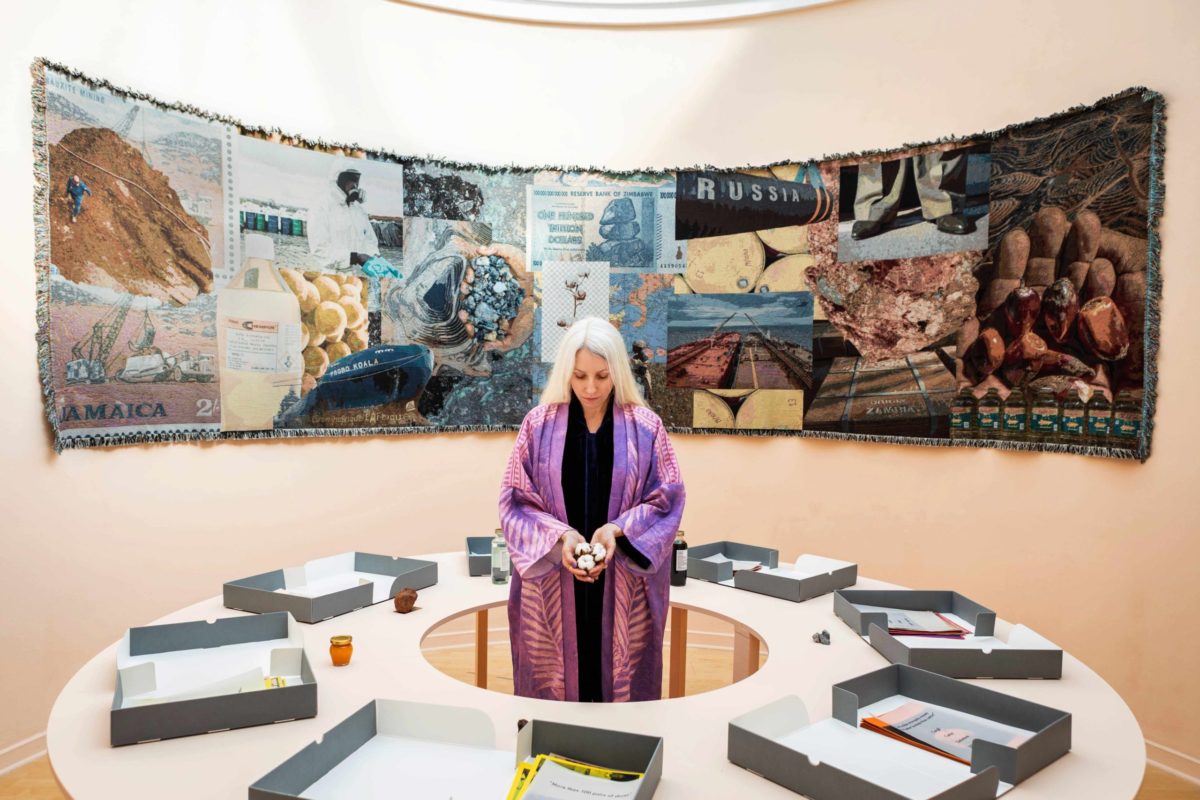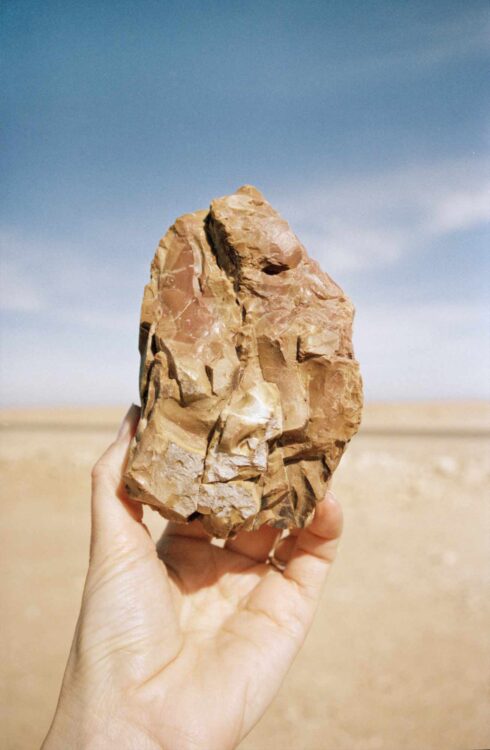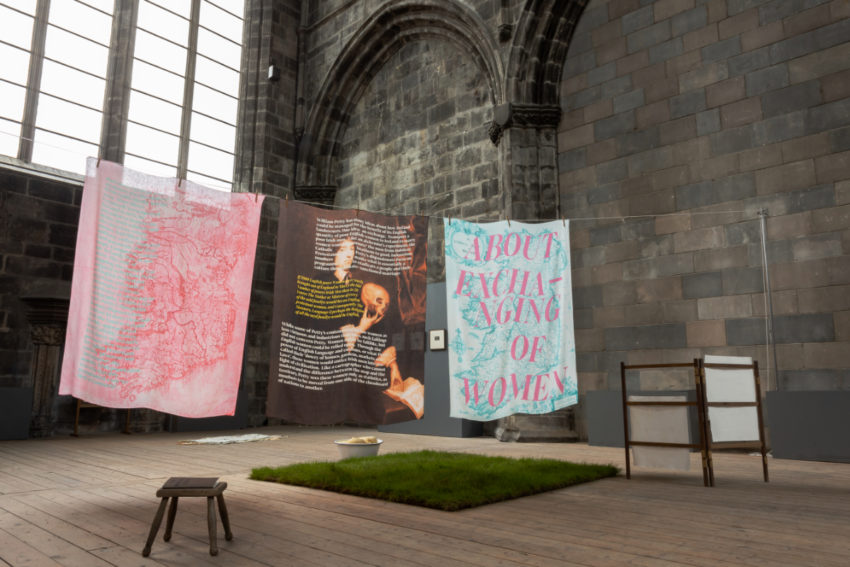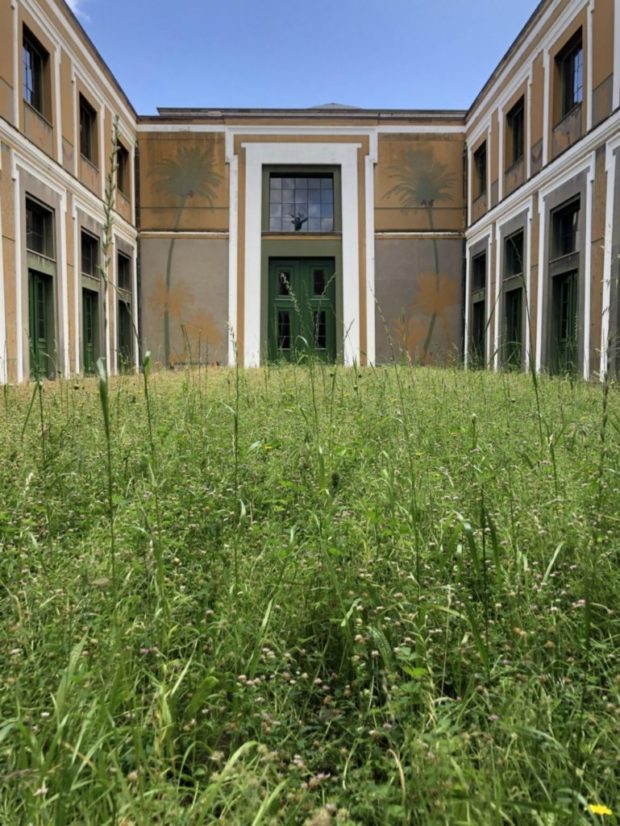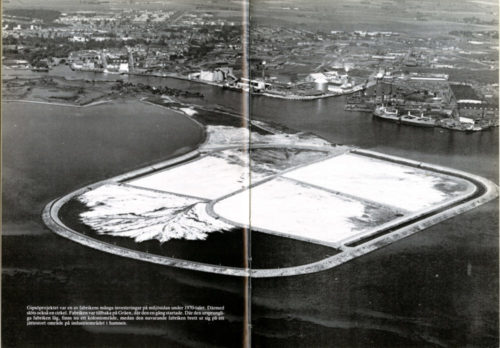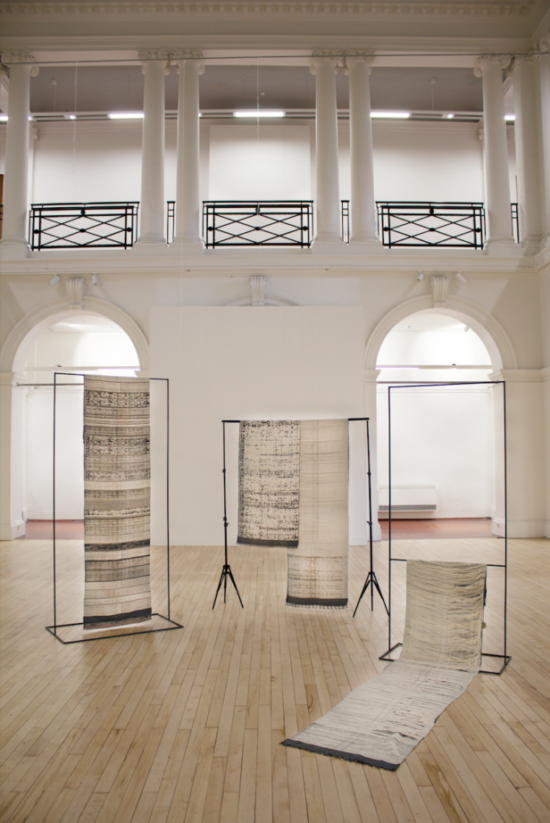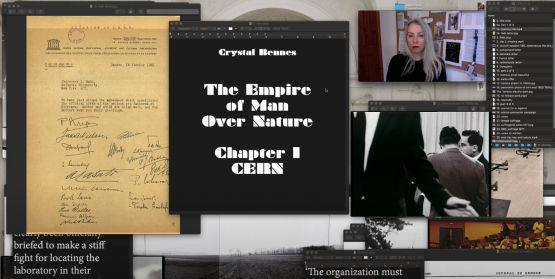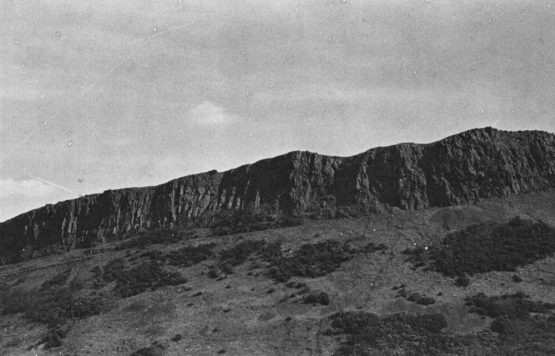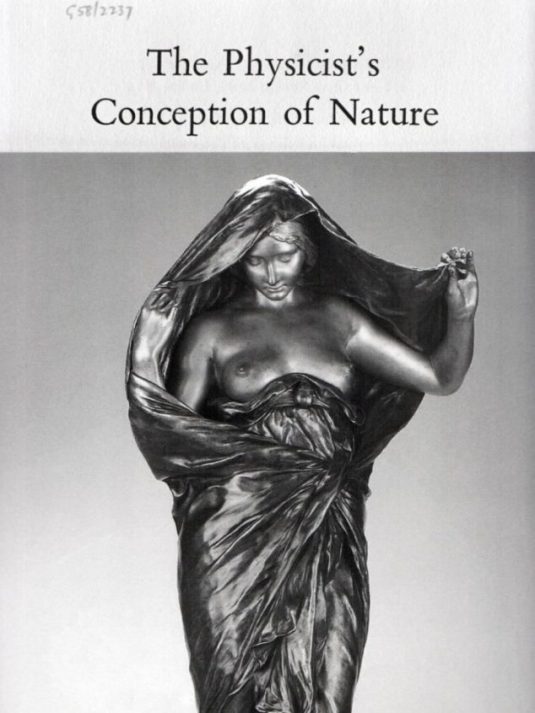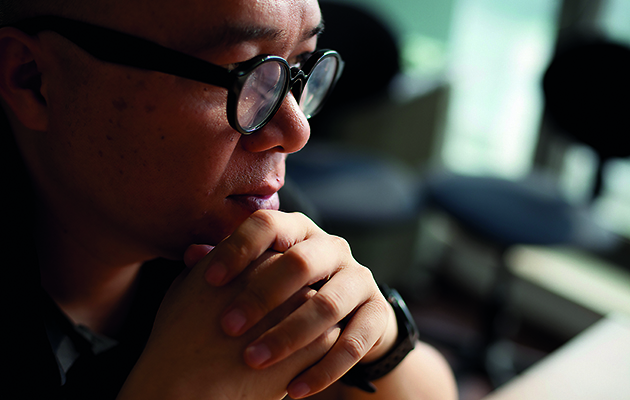
It’s 10.30pm on a Saturday in Chengdu, where the artist and curator Ou Ning has been attending a conference dinner prior to joining me on Google Chat for this interview. A native of the Pearl River Delta, Ou rose to prominence following research projects on Gwangju’s urban villages and Beijing’s Da Zha Lan area, and his curation of the Shenzhen & Hong Kong Bi-City Biennale in 2009. Since 2011, Ou has been a leading member of the new rural reconstruction movement in China with the Bishan Commune and School of Tillers. More recently, as Founding Curator of the Kwan-Yen Project, he has been rethinking place-making in China’s third-tier cities.
ICON Much of your work centres around the countryside and rural-urban relationships. How do you situate your work in this complex space?
Ou Ning Americans identify my projects as a kind of Chinese back-to-the-land movement, but compared to what happened in 1960s America, the Rural Reconstruction Movement (RRM) in China was very different. Young people in America went back to the land because of a lack of opportunities and high urban living costs. They ran away to the mountains and set up communes and discovered that collective living could be low-cost.
In China, the desire to go back to the countryside has nothing to do with an economic crisis in urban environments. It’s because life in Chinese cities has become very unhealthy. Air quality is poor and education resources are limited, so the middle classes look to the countryside in search of a healthier lifestyle.
ICON Economically-speaking, it’s presumably difficult to make a living in the countryside?
ON Yes, it’s difficult. The economic situation in the Chinese countryside is problematic because farmers have contributed both land and labour for the sake of urbanisation, but have little to show as a result of the new economic movement. So, most rural people leave for the city to find work, particularly the younger generations. For some intellectuals who got involved in the RRM, their concern was to find a solution for the rural problem. But middle-class people in China aren’t interested in the larger problems affecting rural communities. They simply want to find a healthier place to live with their family.
ICON In the West, there’s often a tension between the countryside as guardian of traditional values and a place that’s socially conservative, even “backwards”. Is there a similar tension in China?
ON The rural question in North America has quite a different focus than China. For one thing, Americans pay more attention to food. I read Michael Pollan’s The Omnivore’s Dilemma which is reflective of the country’s broader concerns with food security and food production. Pollan talks about organic farming models which he juxtaposes against industrial methods. I call them “intellectual farmers” as they see themselves closely linked to an agricultural tradition, but the food they produce is expensive and time-consuming. What use is that to poor people. So, I really believe that the rural focus in the US is linked to agricultural production.
In China, the rural problem stems from the history of the Communist Party. After the Revolution, agricultural land was distributed such that it was collectively owned by the villagers. And the Party designed this land system because they needed farmers to join the army. They promised that if your son joined the People’s Liberation Army, after the revolution you would be given land. That’s why, in 1950, the Party passed the Agrarian Reform Law giving land to the farmers.
During the Communist movement, because of Chairman Mao’s desire for industrialisation, there was a need to grab rural resources to facilitate that industrialisation. Later, in the late 1970s, you have the Open Door Policy and Shenzhen became a Special Economic Zone (SEZ). That’s when the urbanisation process really took off and more land was again needed. The government reclaimed the land a second time, but with very low payments. Simultaneously, the SEZ needed cheap labour, which was ultimately sourced from the countryside.
Chinese farmers and villagers contribute a lot for the state, but the problem is that when they go to the city, their children cannot go to school there. They don’t have any rights in the city because of the hukou [a classification system that differentiates between urban or rural and determines resident privileges]. This is highly unfair as resources have been accumulating in the city, but rural people are unable to benefit. So, the countryside in China faces vast depopulation which means that, increasingly, you have no farmers nor public life in the countryside.
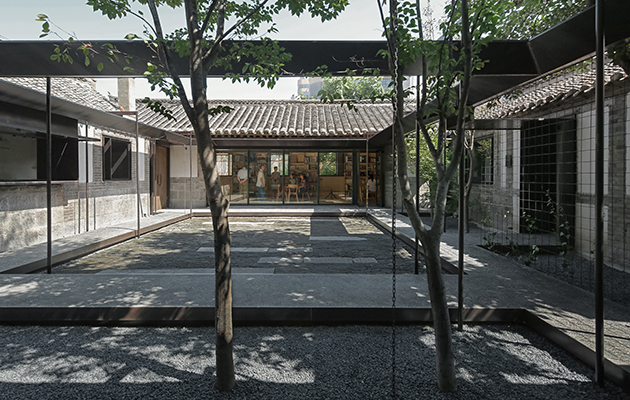
ICON The Bishan Commune was the first time you put some of your ideas about rural economies and social issues into practice, and one of its key components was opening a branch of Nanjing’s Avant-Garde bookstore. You’ve said previously, ‘bookshops are more influential than museums in China’. Why bookshops?
ON Today, bookshops are far more popular than museums in China’s cities. Bookshops have government support, occasionally even funding, and Chinese people are more interested in books than art. Art is useless to them. A book might be helpful for their job or education, and there is a strong cultural belief that books can change your life. That’s why when I started the Bishan project, I wanted to open a bookstore in the countryside.
ICON The Bishan Commune was later shut down by the local authorities and you subsequently moved away. Is that closed chapter for you?
ON I was forced to leave in 2016 and then I went to Columbia [University] and after a year I came back and eventually settled in Yantai. I did return to Bishan and ask the local government to reconnect my power and water, which had previously been disconnected. They agreed, but only if I agreed not to continue the Bishan project.
ICON But some of the threads from Bishan have carried across to the Suochengli and Chefoo library projects in Yantai?
ON When I was at Columbia, I visited many nineteenth-century utopian projects. I went to Robert Owen’s New Harmony in Indiana. They originally founded a Working Man’s Institute which was effectively the first library in America. This history resonated strongly with me and gave me the idea to open a neighbourhood library in Yantai. Most libraries in China are used by intellectual, educated people, but ordinary people should also have access to libraries for learning.
ICON Why did you shift from bookstores in BIshan to libraries in Yantai?
ON It happened after my visit to New Harmony as I became interested in the American library system. Public libraries and public schools are America’s most important cultural heritage. There’s something remarkable about the development of these two strongly socialist systems in such a capitalistic society. After New Harmony, I was really taken by the idea that neighbourhood libraries could be like 7/11s. I love the thought of every neighbourhood having a little convenience-store library on the corner.
ICON Yantai is a third-tier city and Bishan is a rural village. Do similar strategies and concerns apply across both contexts?
ON Third-tier city means Yantai isn’t central, so the two projects are both far-removed from the big city, in places with relatively small populations which lack cultural resources. From my perspective, when you have cultural capital and bring it to a smaller place, you connect it with the local history and resources to build a bridge between the outside cultural capital and the local resources to make something happen. That really makes sense to me, much more than trying to do something in Beijing or Shanghai.
ICON You’ve talked previously about the importance of some of Rem Koolhaas’s writings to your work. What do you think about his more recent work focusing on rural issues?
ON Koolhaas had a great influence on me because of Great Leap Forward. When that was published in 2002, it gave me a totally different perspective on the Pearl River Delta and kindled an interest in urbanism. Shortly after reading it, I received a commission for the 2003 Venice Biennale which resulted in San Yuan Li, the first documentary film about urban villages in China.
In 2003, only sociologists studied urban villages, but after San Yuan Li, urbanists and architects took notice, too. When I started researching urban villages, I discovered the urban problem in China is strongly linked to rural society. I read much on the history of the Rural Reconstruction Movement and James Yen and, when I got the Bi-City Biennale curator job, I wanted to focus on these issues. I invited Koolhaas to participate and in 2007 we met in Beijing where I proposed the new term “ruralism” to him.
ICON So, it was your curatorship of the Biennale that focused his attention on these issues?
ON At the time, I already decide to host a rural conference at the Biennale. I had the impression that Koolhaas was also very interested in looking at the countryside, but OMA’s research on these issues is quite different from my perspective.
ICON You previously mentioned utopia, which has been such a prominent theme in your work. Why utopia?
ON When I started Bishan Commune, I wanted to learn from history, so I read a lot. I’ve also travelled extensively, researching intentional communities in New Zealand, anarchist communities like Christiania in Copenhagen. In the US, I’ve also visited a Shaker village and Oneida in upstate New York. Utopian ideas have been so important for humanity, but today people are less interested. Talking openly about utopia signifies naivety, but utopian imaginings can broaden the possibilities of human society.
Recently, I read James C. Scott’s Seeing Like a State which discusses many state-run utopian projects, most of which have been disasters. I don’t like those utopias, but I do like small, practical communes. Things like Drop City in 1960s Colorado, a small community with no private property, everything shared, children raised together. The political situation in China has made these kinds of projects impossible, but I still hope to realise a project like this someday.
This piece originally published in Icon, March 2018.
